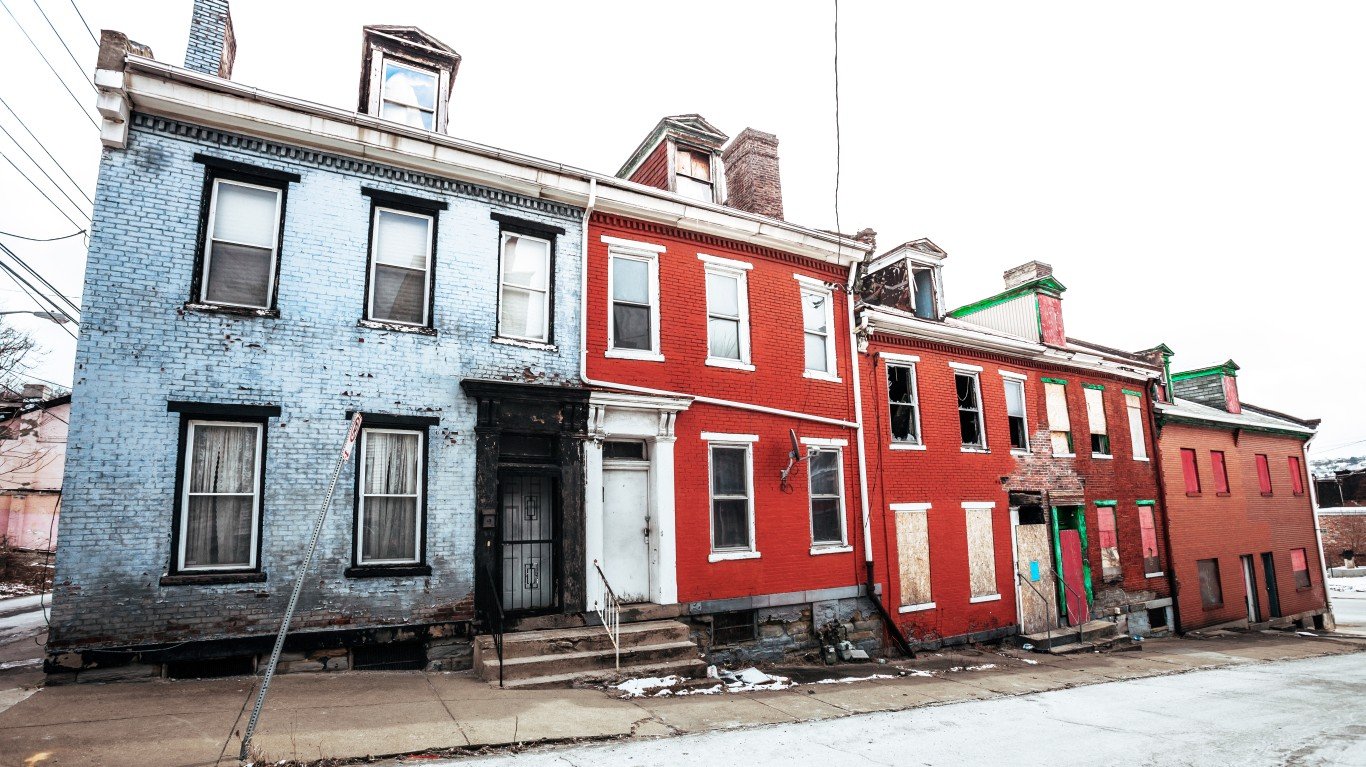 Close to the beginning of 443 pages of analysis by the Council of Economic Advisors called the “Economic Report from The President” was this observation:
Close to the beginning of 443 pages of analysis by the Council of Economic Advisors called the “Economic Report from The President” was this observation:
This is a make-or-break moment for the middle class, and for all those who are working to get into the middle class. It is a moment when we can go back to the ways of the past—to growing deficits, stagnant incomes and job growth, declining opportunity, and rising inequality—or we can make a break from the past. We can build an economy by restoring our greatest strengths: American manufacturing, American energy, skills for American workers, and a renewal of American values—an economy built to last
The question of how a reversal in the decline of opportunity will be accomplished is not clearly answered in the document. That is the case at least insofar as providing an analysis about how deficits can be married with programs to help middle class Americans. What is very clear is that the Administration believes that if the middle class and those who want to join it are not helped as, they should be now, that their numbers will be thinned out forever.
The issue is nearly identical to the one the federal government had to wrestle with toward the end of the deep recession of the early 1980s. Average hourly wages adjusted for inflation fell 13% from 1975 to 1980. That was direct evidence that Americans who had middle class incomes were in danger of going away. But, by 2006, income was up 6% from a 1994 trough. That hardly means that wages soared higher, but they did move up enough to help trigger the housing boom and the housing boom helped rebuilt the middle class. Economists would argue that easy access to mortgage equity was the cause of the economic collapse that followed. But, not every borrower was a sub-prime one who could not pay his mortgage. Some of the homes that were purchased were bought by people with middle class incomes and aspirations to stay, at the very least, middle class
The great drop in home prices is not emphasized in the White House document. Perhaps it should be. There does not appear to be any larger economic sea change from 2006 to 2011 than home prices. Wage stagnation can be blamed, at least in part, but the collapse in home prices and the ripple effect it has on the construction industry can be, too. The erosion of purchasing power can also be blamed on the crater in consumer spending created as people lost access to the equity in their homes which helped them become aggressive consumers.
More evidence that housing is at the heart of the erosion of the middle class is that the jobs picture has started to improve but consumption has not much. The middle class will only be rebuilt due to a home price recovery process. In other words, the revival will based on an increase in the assets the middle class holds. And, that rebuilding will not happen so long has home prices are depressed
Douglas A. McIntyre
Take This Retirement Quiz To Get Matched With A Financial Advisor (Sponsored)
Take the quiz below to get matched with a financial advisor today.
Each advisor has been vetted by SmartAsset and is held to a fiduciary standard to act in your best interests.
Here’s how it works:
1. Answer SmartAsset advisor match quiz
2. Review your pre-screened matches at your leisure. Check out the
advisors’ profiles.
3. Speak with advisors at no cost to you. Have an introductory call on the phone or introduction in person and choose whom to work with in the future
Take the retirement quiz right here.
Thank you for reading! Have some feedback for us?
Contact the 24/7 Wall St. editorial team.



